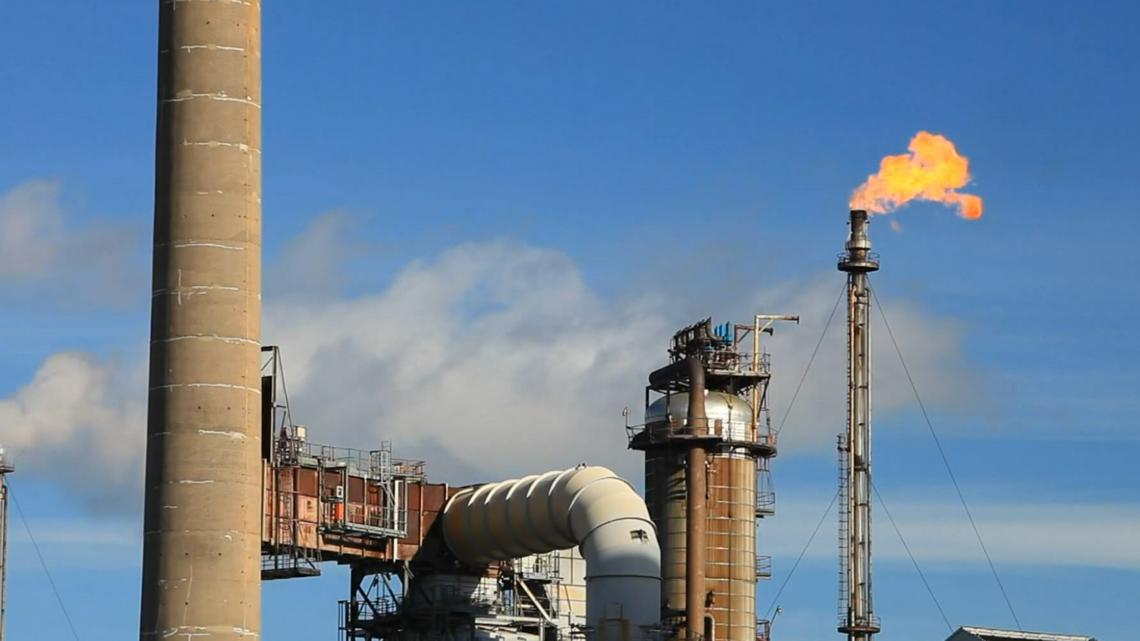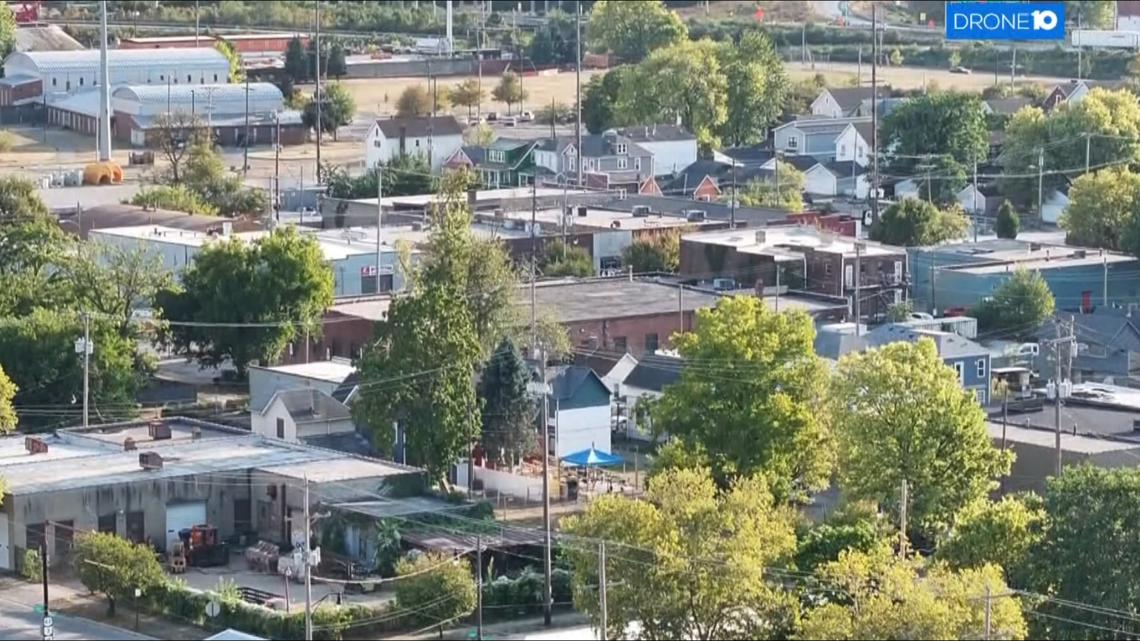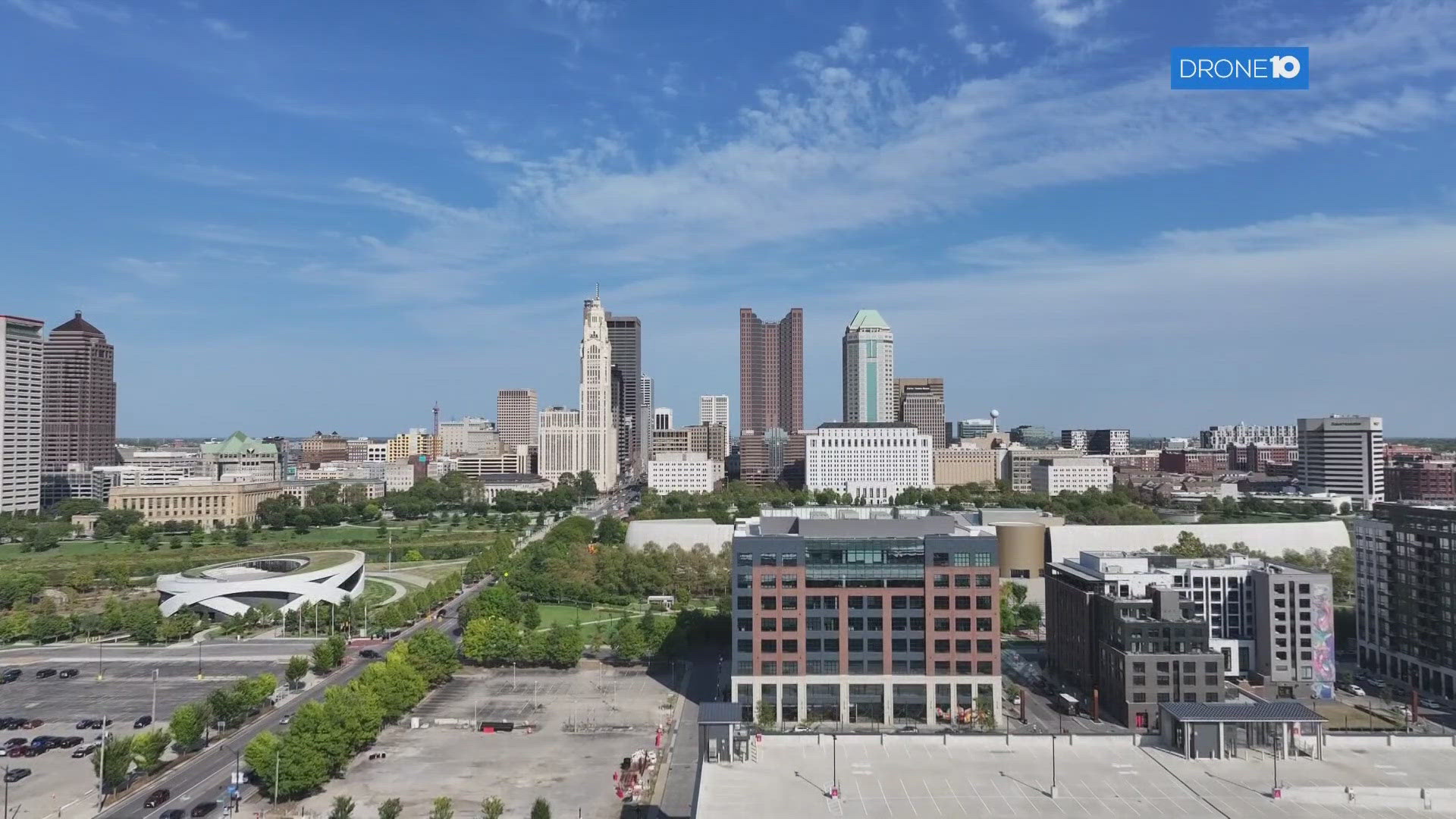COLUMBUS, Ohio — As central Ohio continues to grow, experts are coming together to reduce the region's and state's carbon footprint. This is a voluntary program focused on buildings, which are a major source of greenhouse gas emissions.
"The time is ticking on climate," said Alana Shockey, deputy director of the Columbus Department of Utilities.
This story is part of 10TV's "Boomtown" initiative — our commitment to covering every angle of central Ohio's rapid growth. This includes highlighting success stories, shining a light on growing pains and seeking solutions to issues in your everyday life.
A collective of Ohio's biggest cities, including Columbus, are trying to get to a 45% reduction in greenhouse gases by 2030. Shockey, who also leads the sustainable Columbus office, said this puts the city on track to carbon neutrality by 2050.


"These types of things like building performance standards are a critical element to that journey for us," she said.
With more than $10 million in federal grants, experts with Columbus, the University of Cincinnati, the city of Cincinnati, Dayton and Cleveland are working to establish a performance hub. The hub would establish building standards to help reduce the carbon footprint across the state.
"We're all trying to attract businesses to our community," said Shockey. "We're all trying to thrive as communities, and we all know that making sure that our buildings perform well is going to be critical for us to meet the climate crisis and address the climate crisis in our communities."
Shockey said this allows them to discover what resources exist to help the businesses in central Ohio perform more efficiently. She added that this will help building owners or operators improve their building's performance, find funding and financing, or find advice and support.
Another goal is to bring older and historic buildings to modern energy codes by using less coal and more renewable energy. Right now, this is a voluntary program because each city is coming from a different place, has different requirements and growing at different speeds.


"So the wild thing is that with all of the growth that we've had, we have actually seen overall a 6.5% reduction in overall greenhouse gas emissions in Columbus, which means that we are reducing emissions while we're growing, which I think is a huge testament to people are doing the right thing," Shockey said.
One million new people are expected to move to central Ohio in the coming decades.
"I think we're really trying to embrace that and think about how do you do it equitably? How do you do it sustainably? How do you do things innovatively so that we end up in the best place possible for our, residents?" Shockey said.

